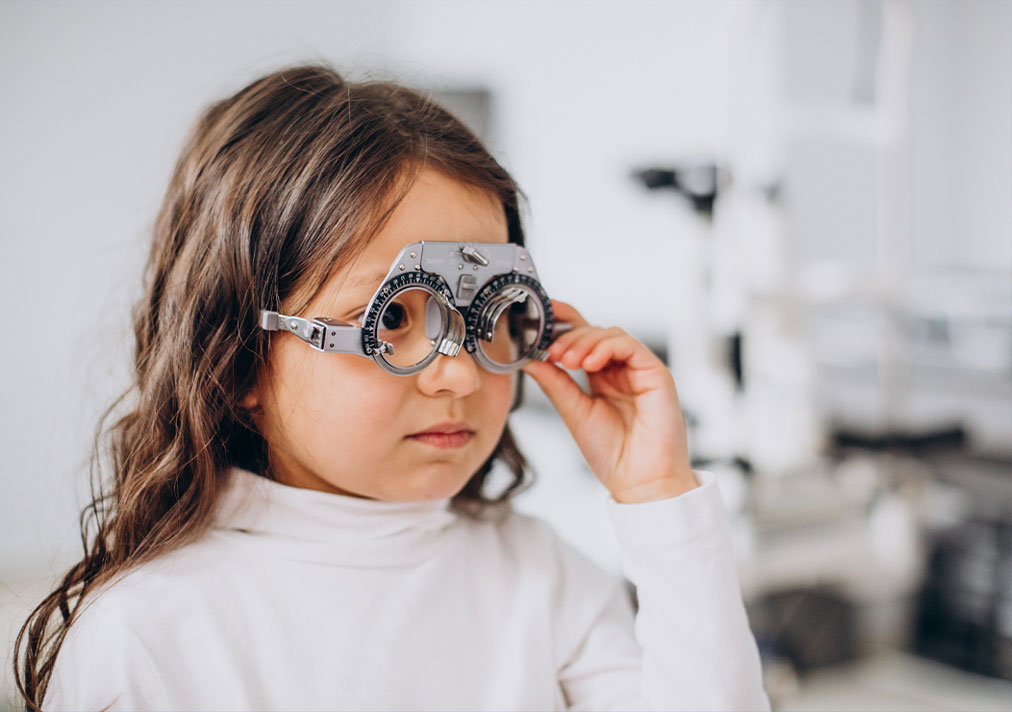From the belief that Glaucoma only affects the elderly to the notion that it affects only one eye, here are a few myths and facts about this common eye problem.
What Is Glaucoma
Glaucoma, often referred to as the “silent thief of sight,” is a complex eye disease that affects millions around the globe. The optic nerve, which sends visual information from the eye to the brain, is damaged in a group of eye diseases that make up this condition. This damage is often caused by increased intraocular pressure (pressure inside the eye), leading to progressive vision loss and if left untreated, potential blindness.
Myths and Facts About Glaucoma
Myth 1: Glaucoma only affects the elderly
Fact: While it is true that the risk of glaucoma increases with age, it can affect individuals of all age groups. A type of glaucoma known as congenital glaucoma can be detected even at birth, and several types of glaucoma are present in young children. Some potentially blinding eye disorders, including glaucoma or diabetic retinopathy, may take years to manifest. The core vision may not be impacted at this time, but they are damaging some inner eye tissue.
Myth 2: Glaucoma has a set of symptoms
Fact: Glaucoma is often referred to as the “silent thief of sight” for a reason. In its early stages, glaucoma typically does not exhibit noticeable symptoms. A few typical symptoms of glaucoma include wet eyes or blurred vision, although most of the time there are no symptoms at all. This is the reason why it takes so long to be diagnosed.
Myth 3: Glaucoma is caused by excessive screen time
Fact: Relating screen time to glaucoma is factually not true. Your eyes won’t be harmed by reading in dim light, although that may cause eye fatigue.
Myth 4: Diabetes only impacts the Retina, hence won’t lead to Glaucoma
Fact: Diabetes affects nearly every organ in the body, including nearly every component of the eye. Patients with diabetes have a higher risk of developing glaucoma even though retinopathy and cataract are the more prevalent eye conditions.
Myth 5: Only one eye is affected by Glaucoma
Fact: Glaucoma invariably affects both the eyes, with one eye being impacted earlier than the other.




